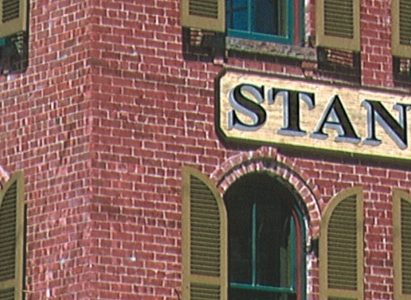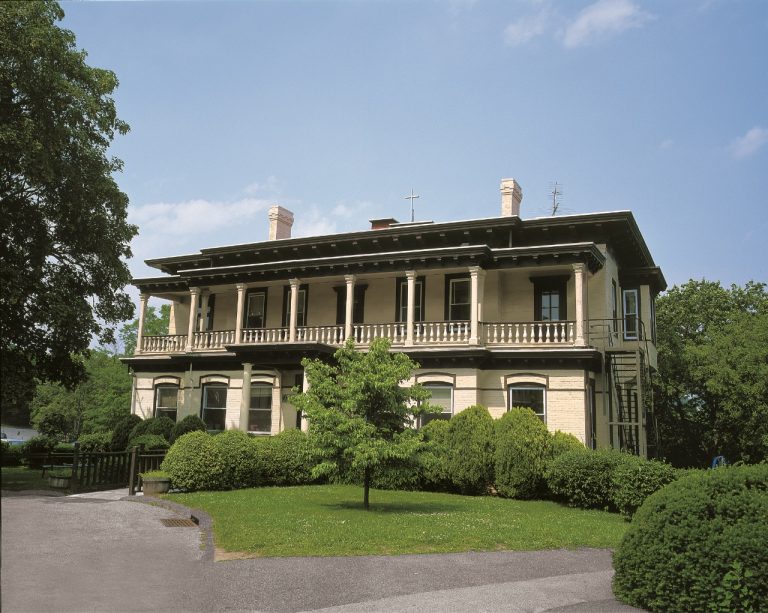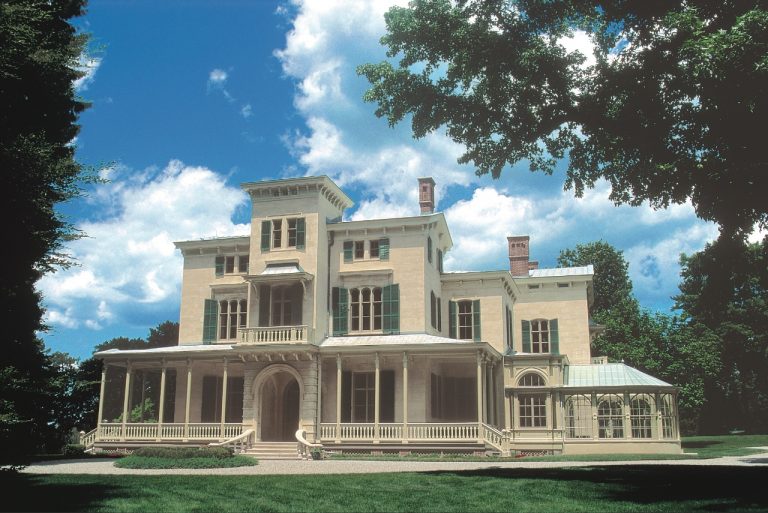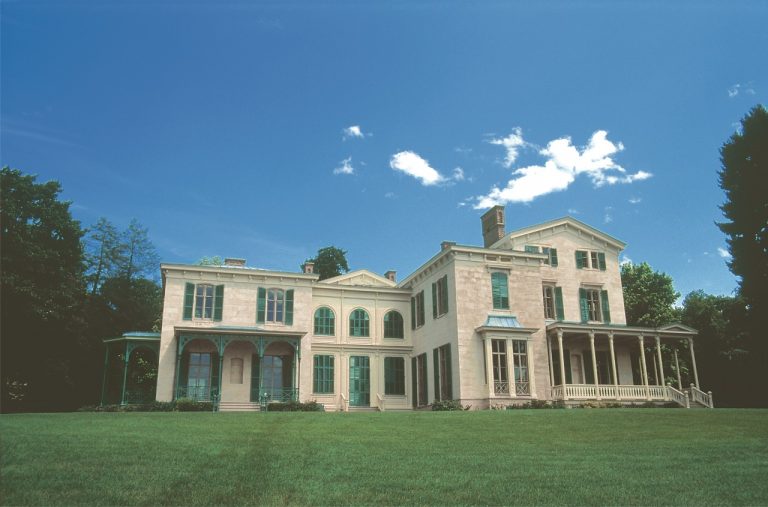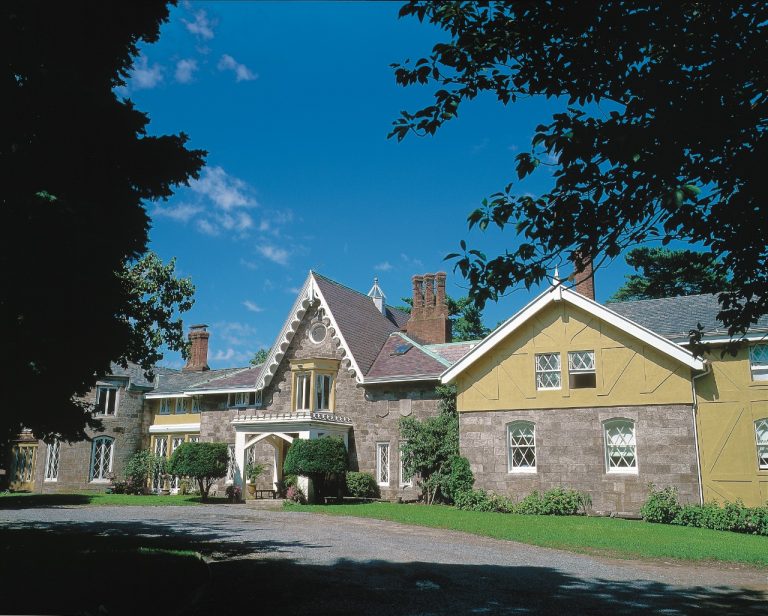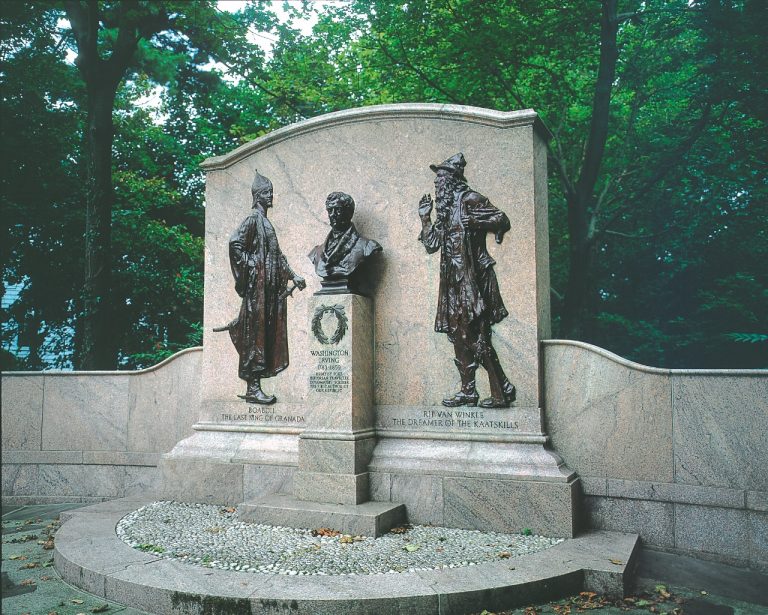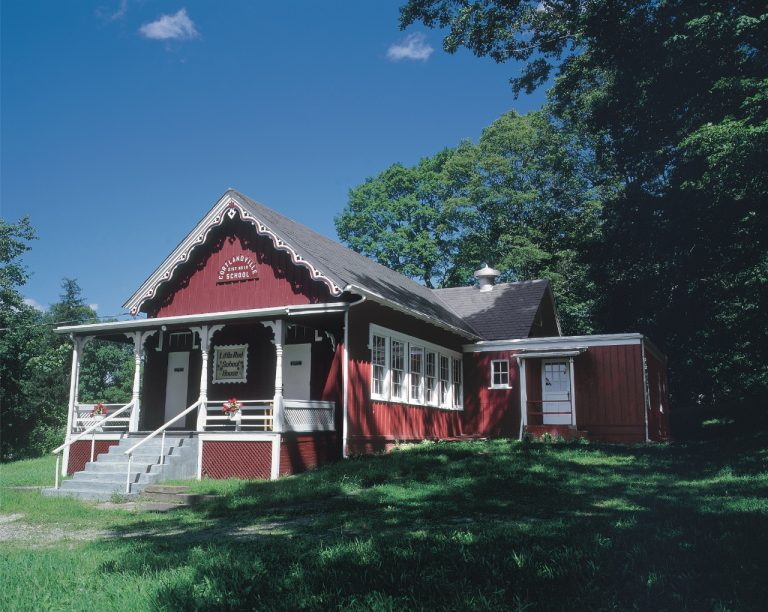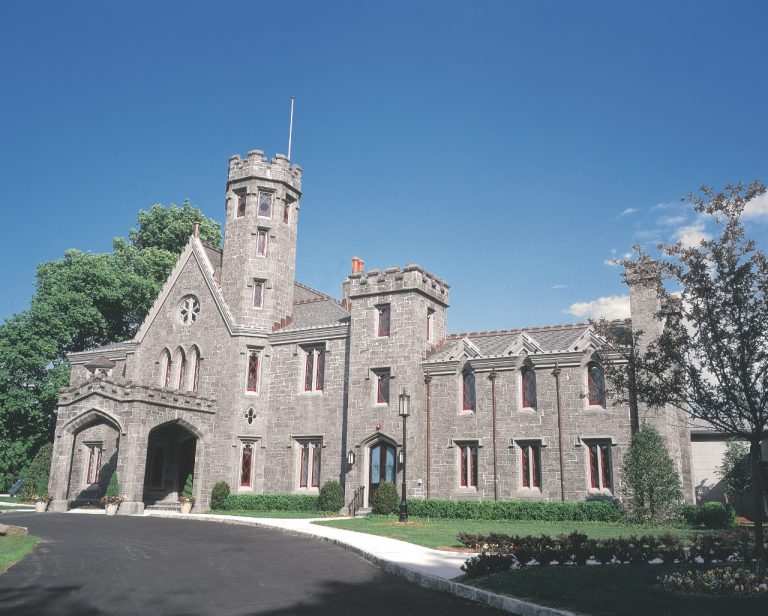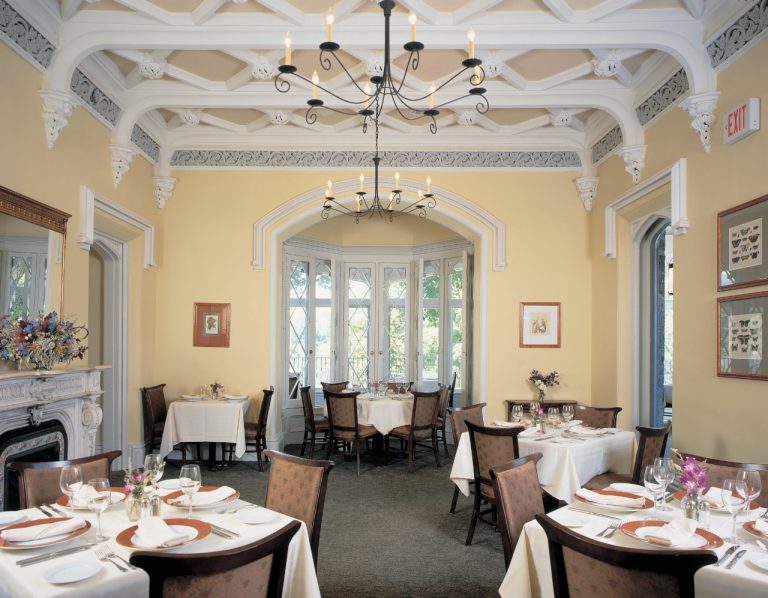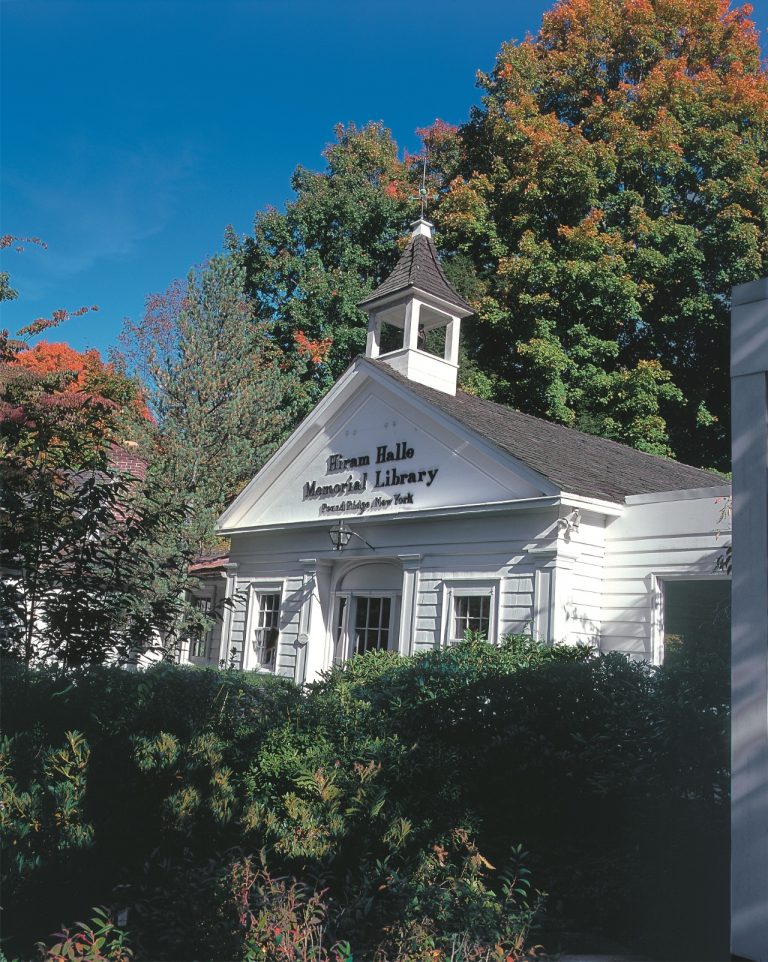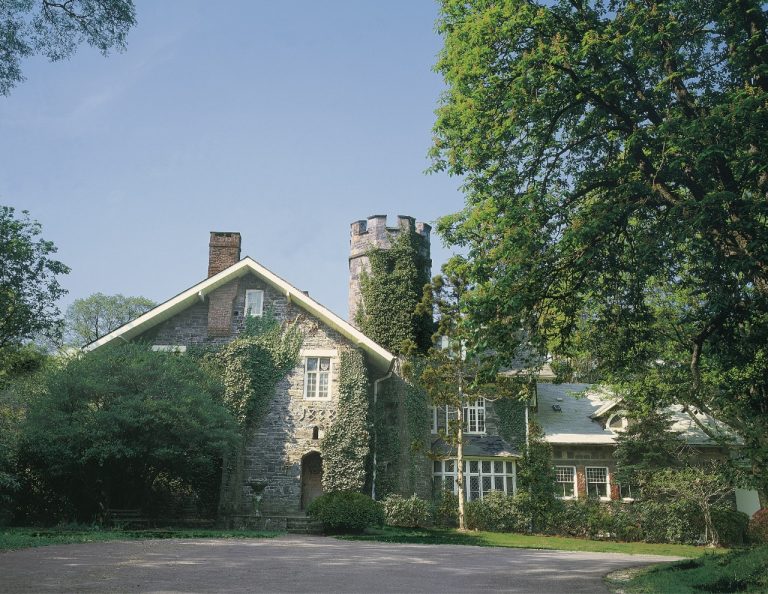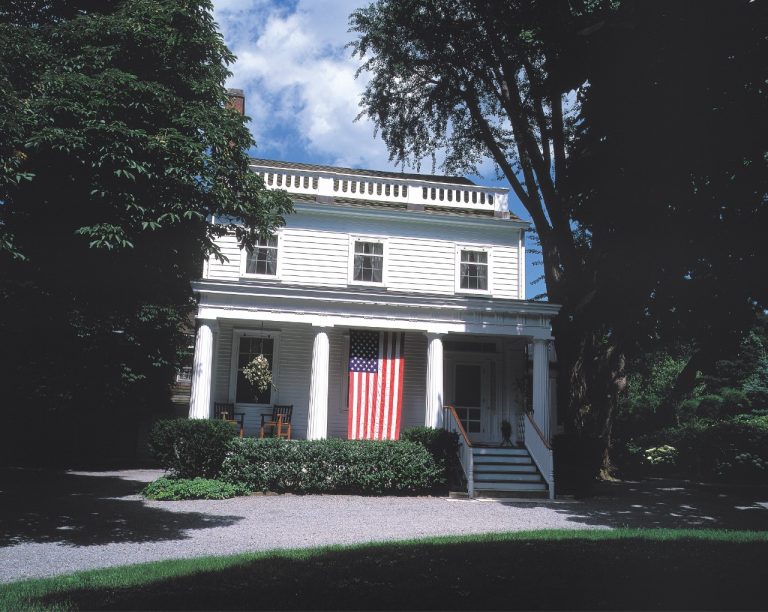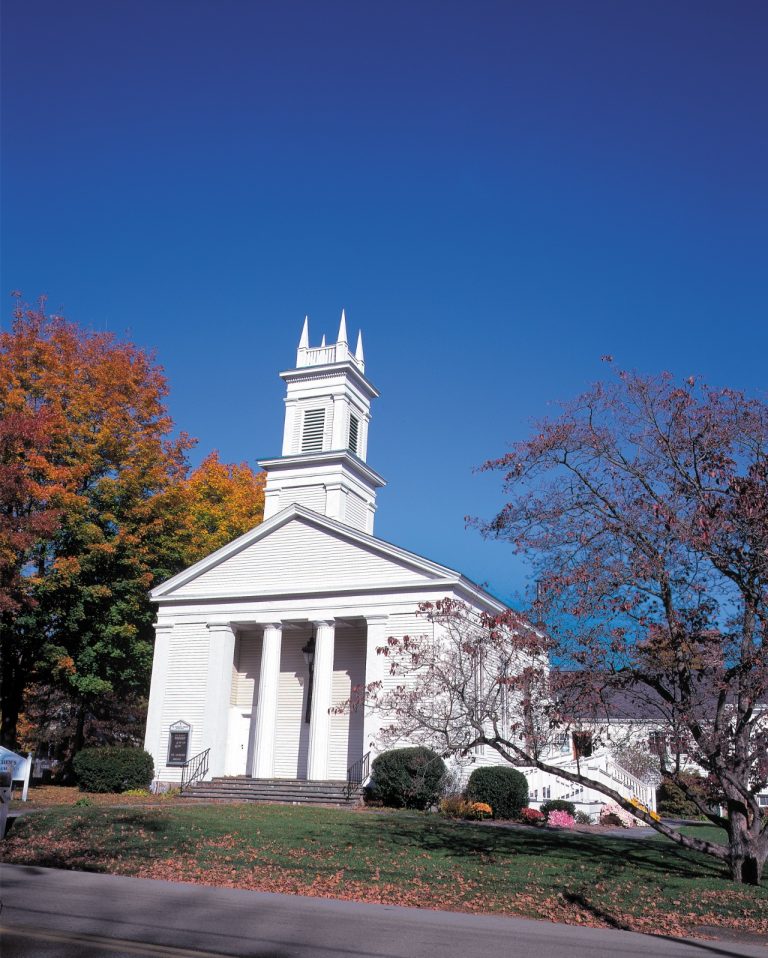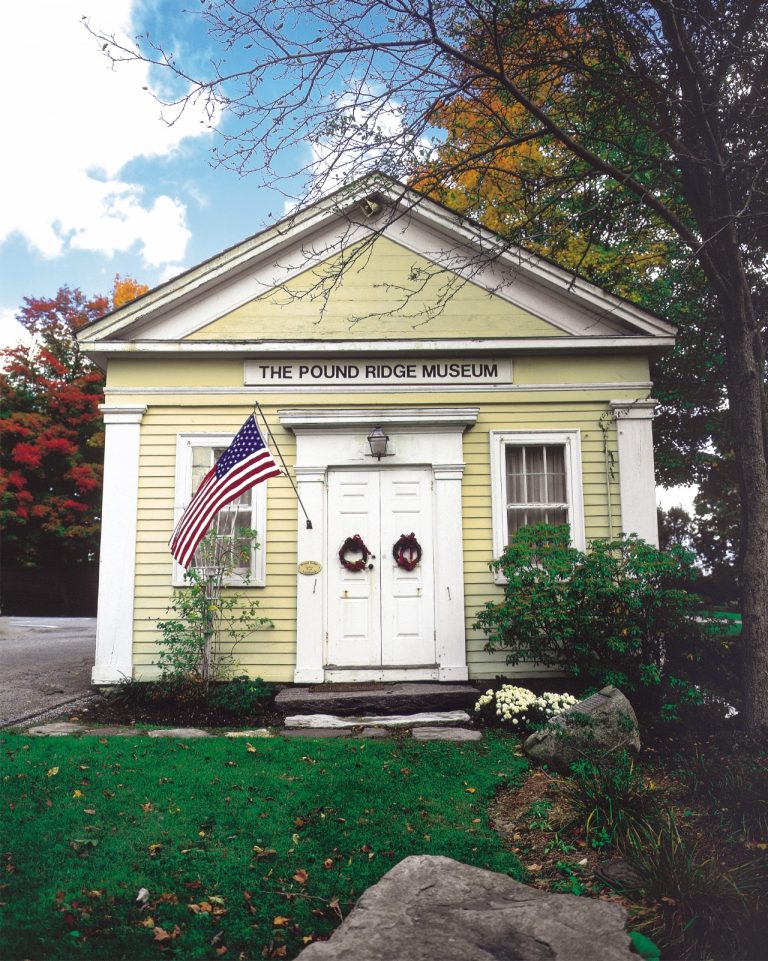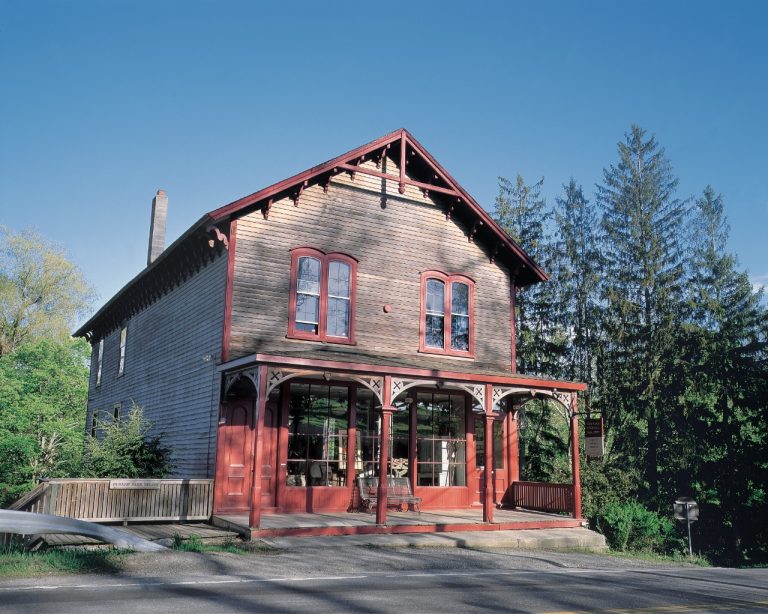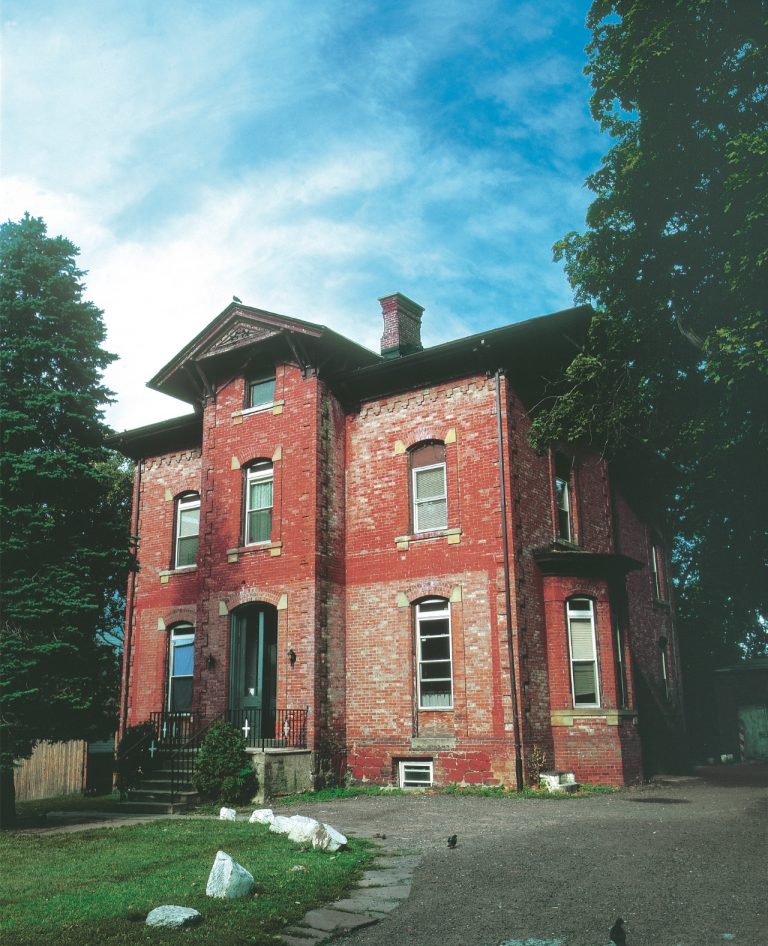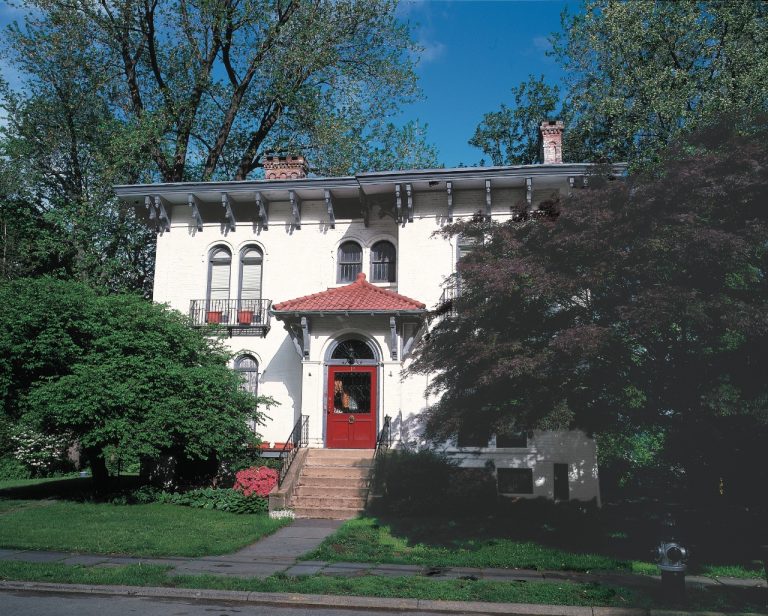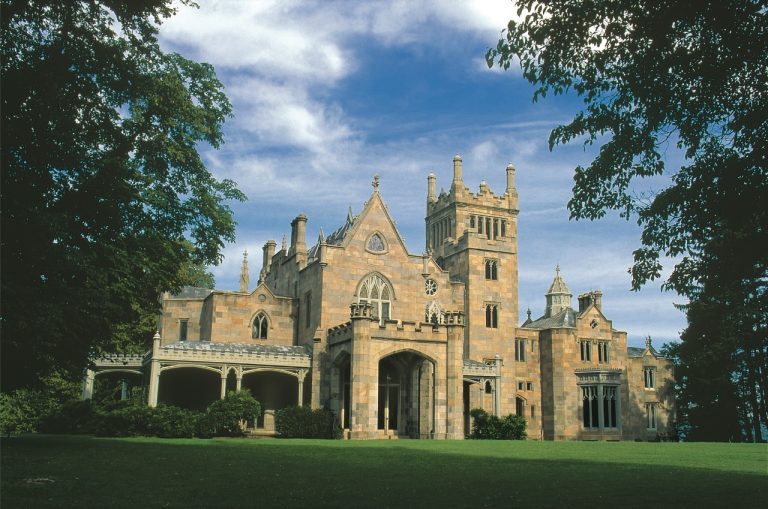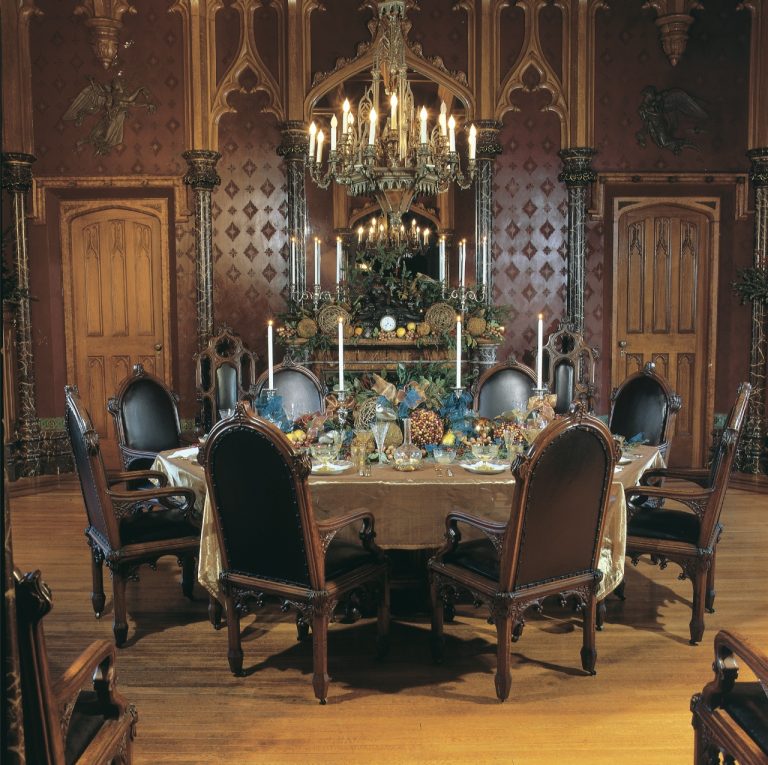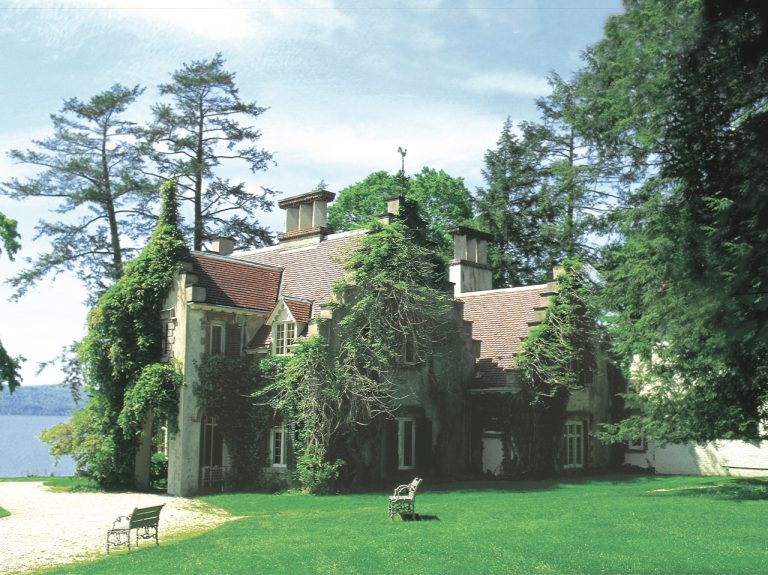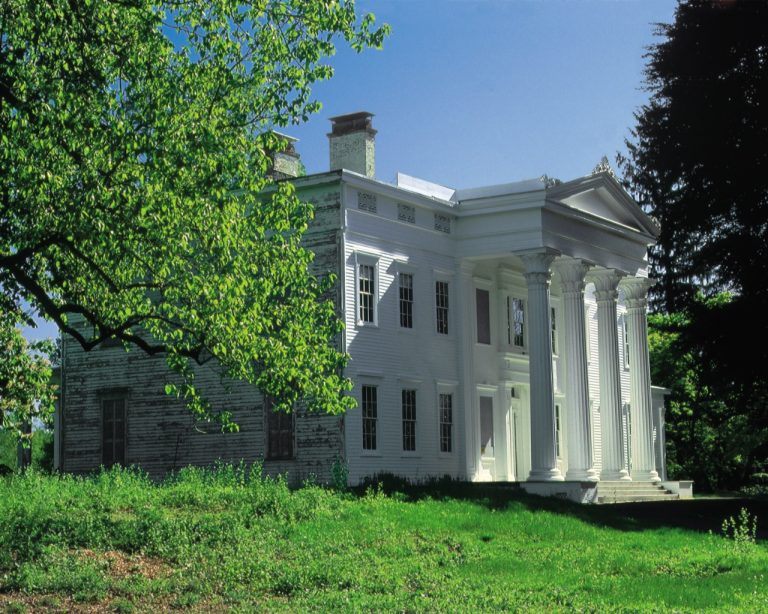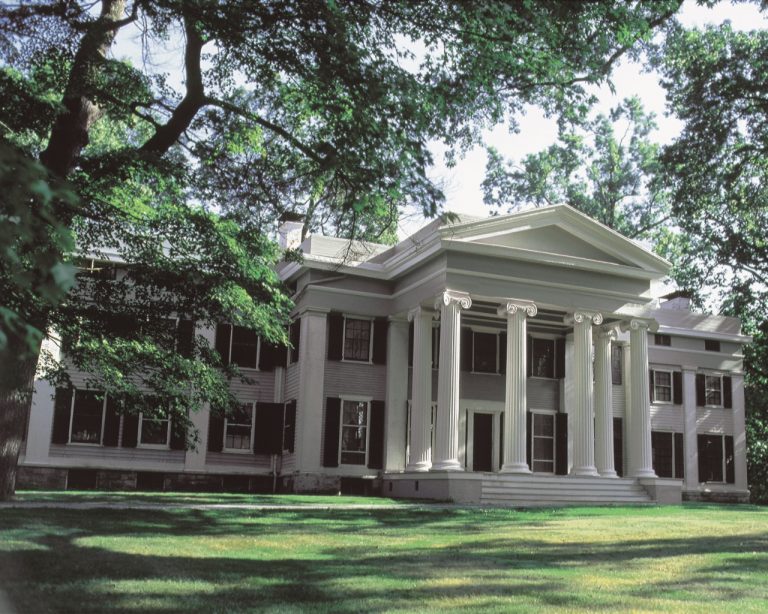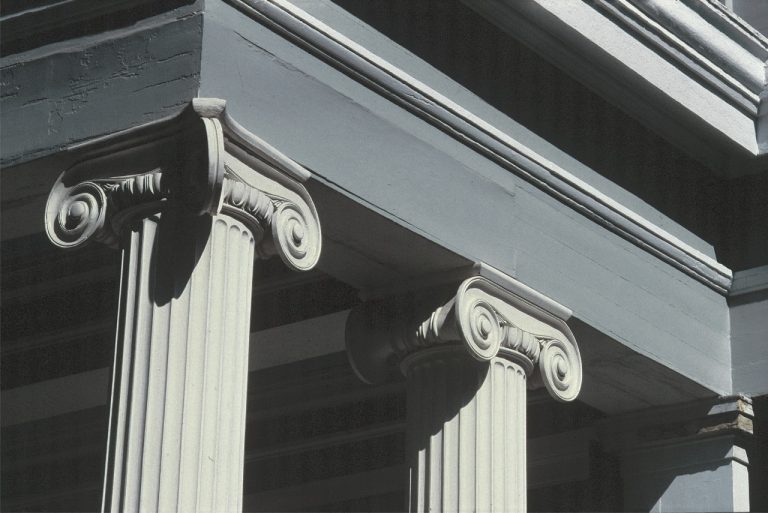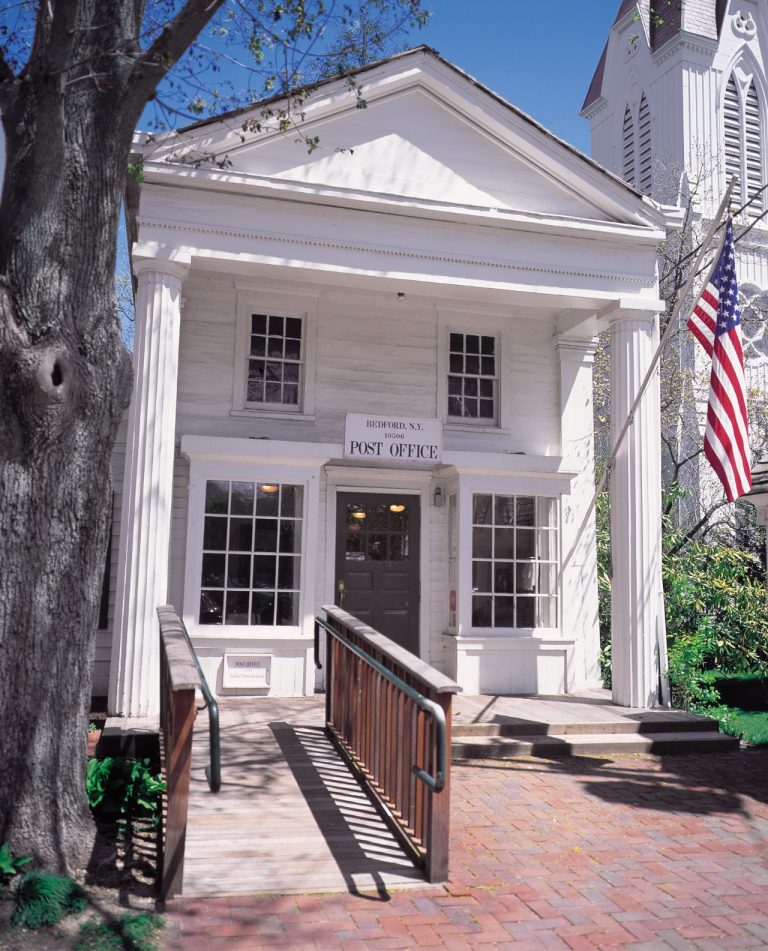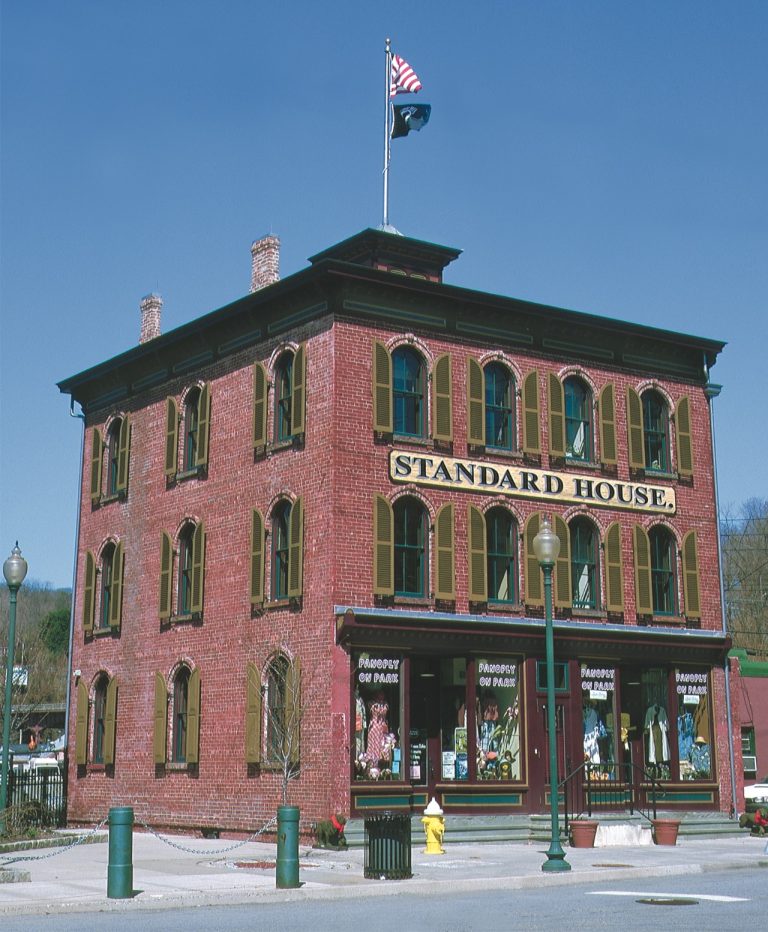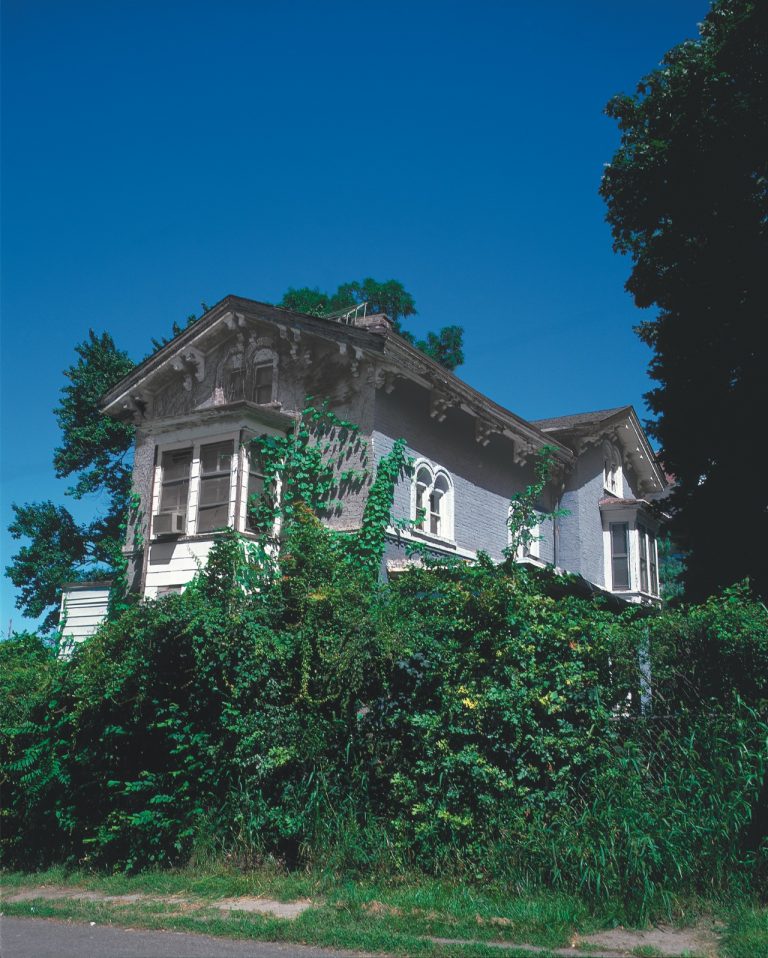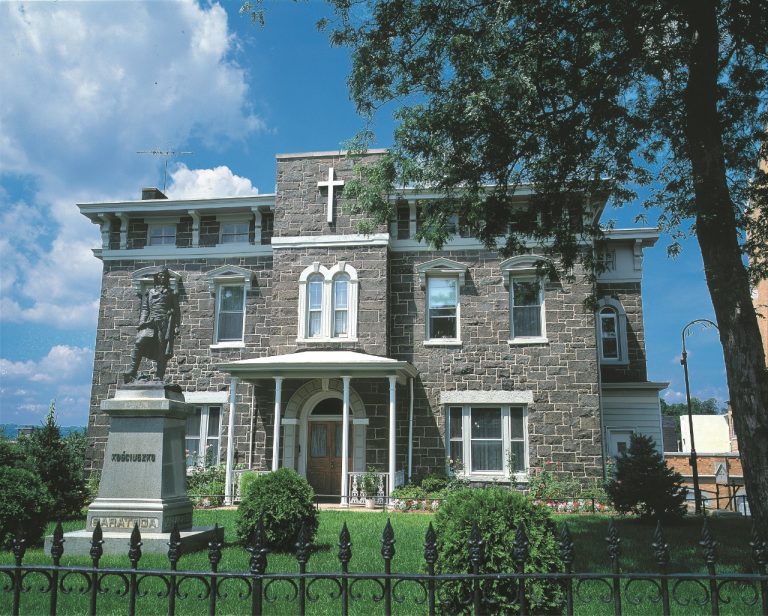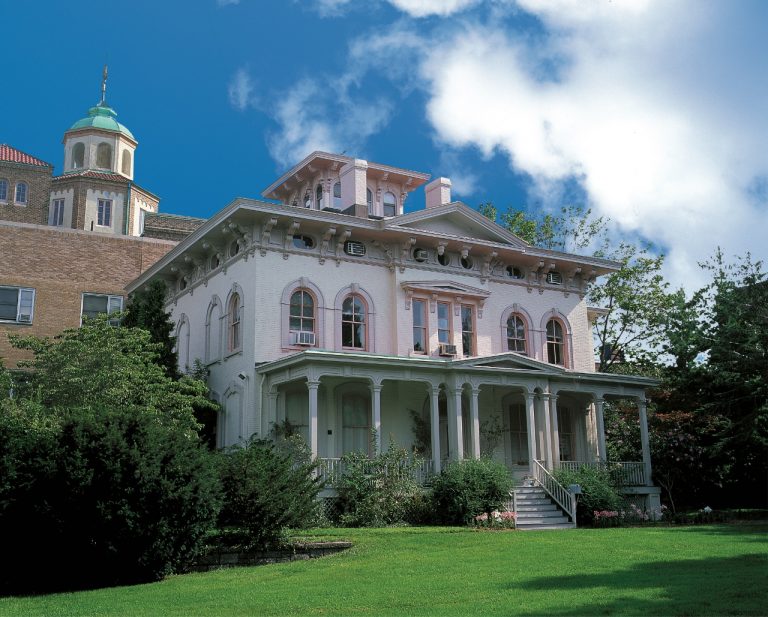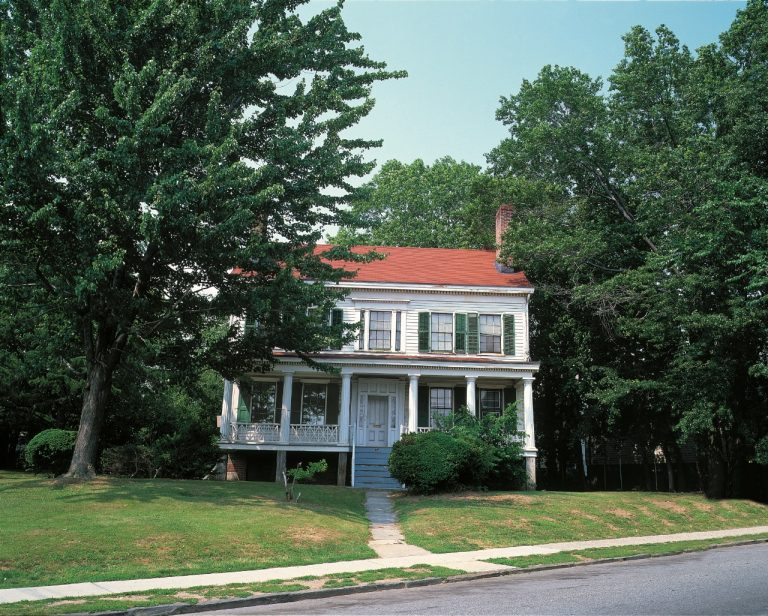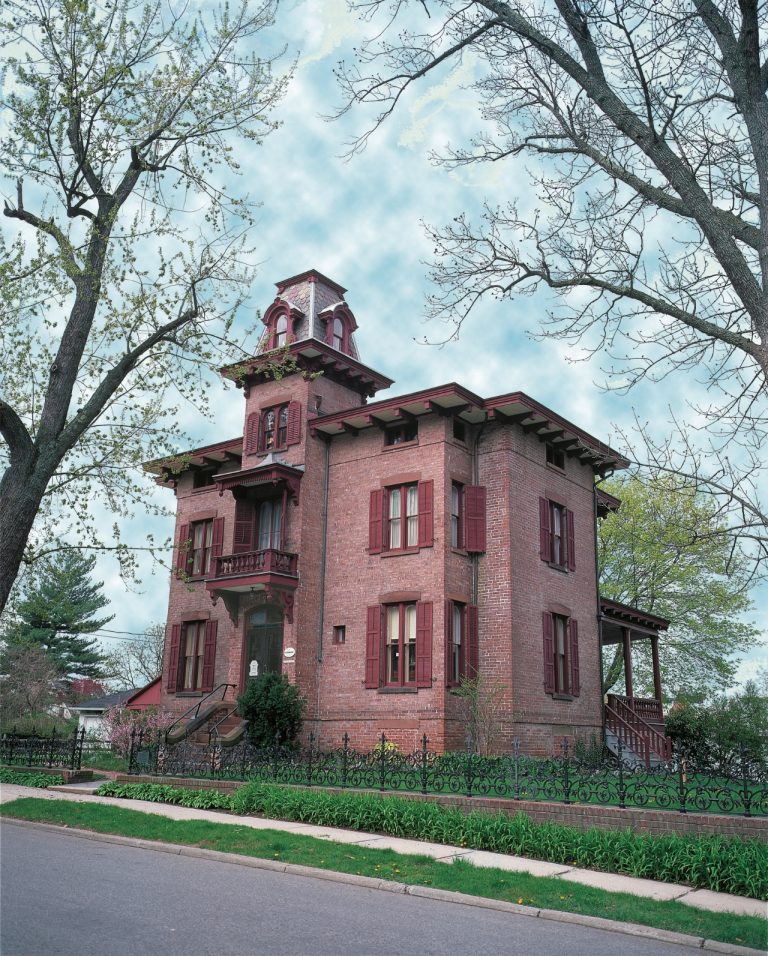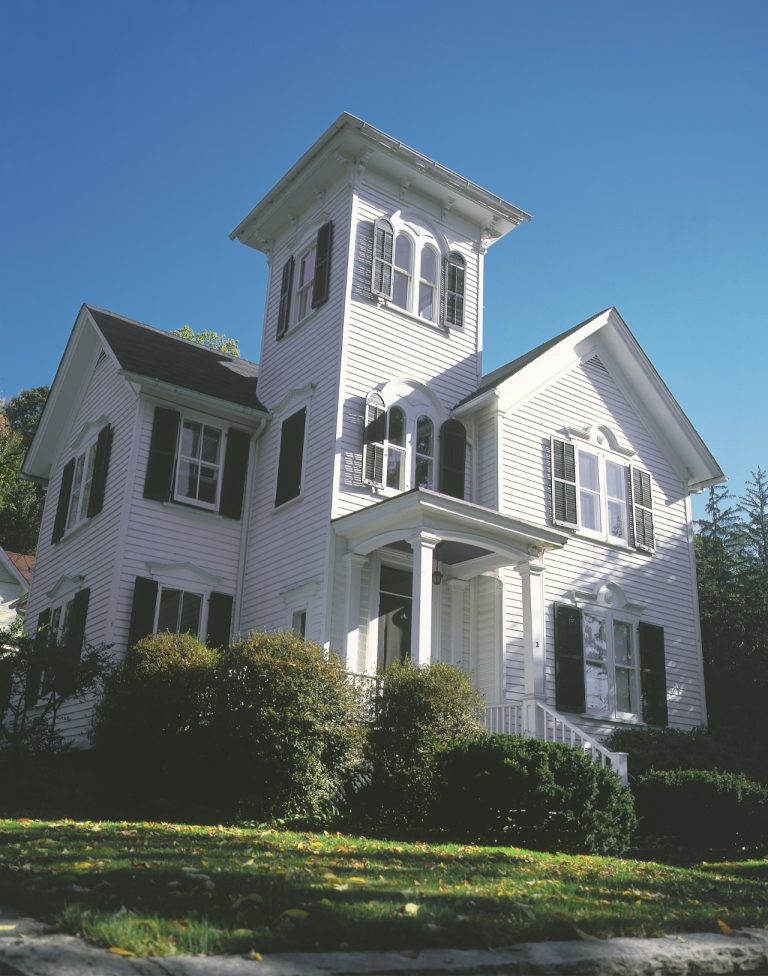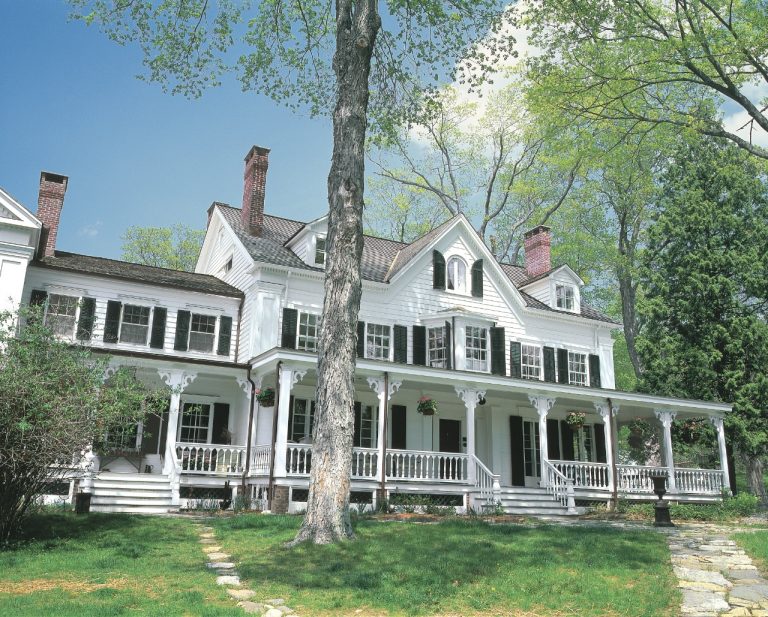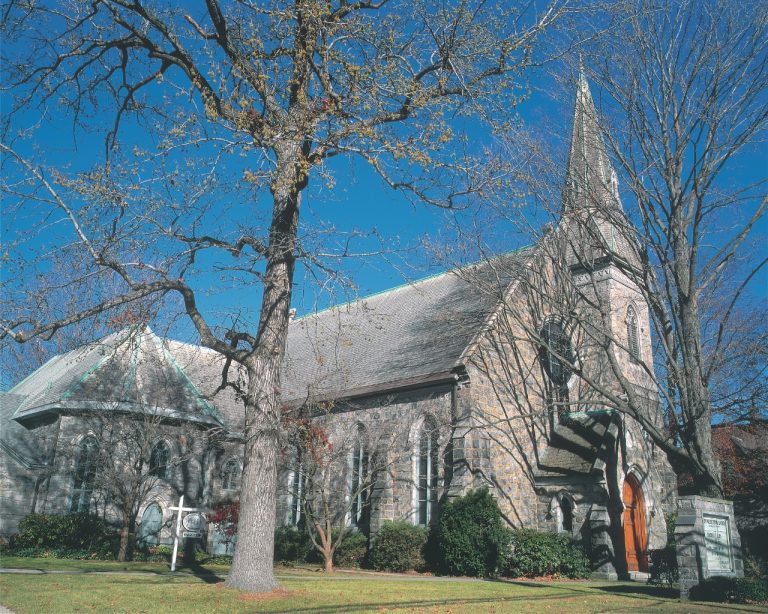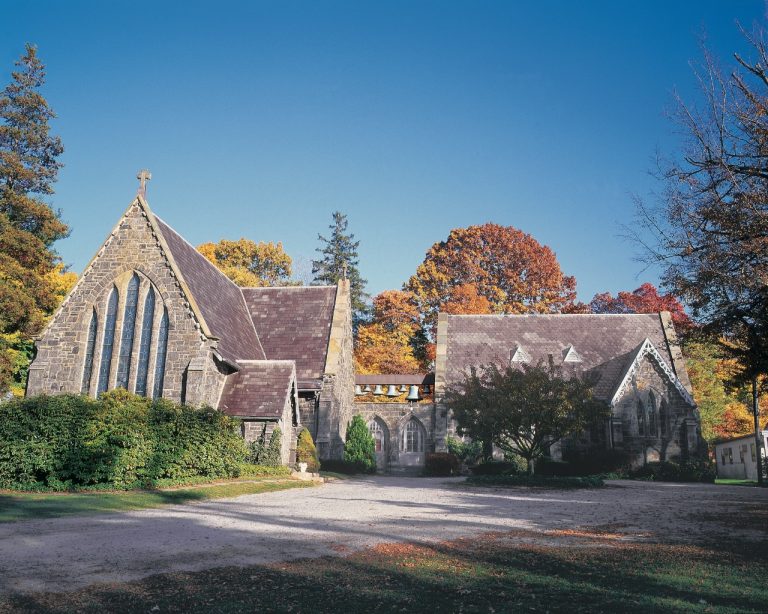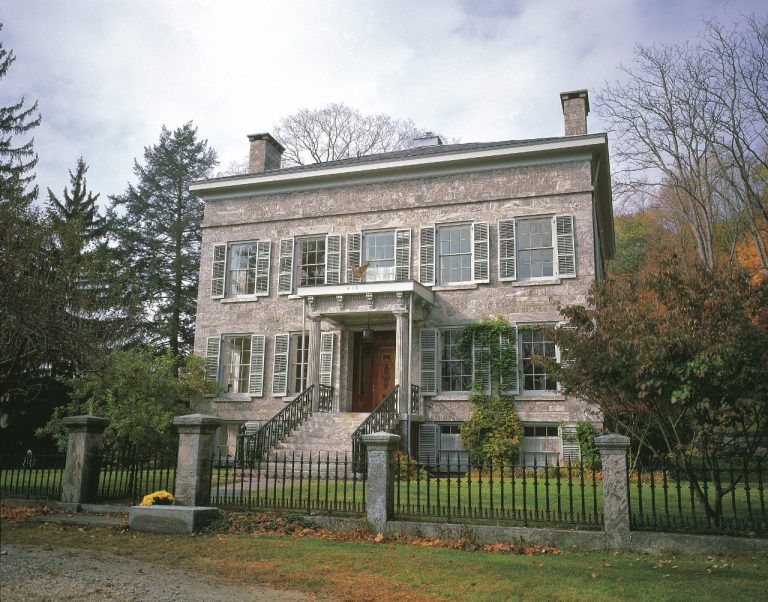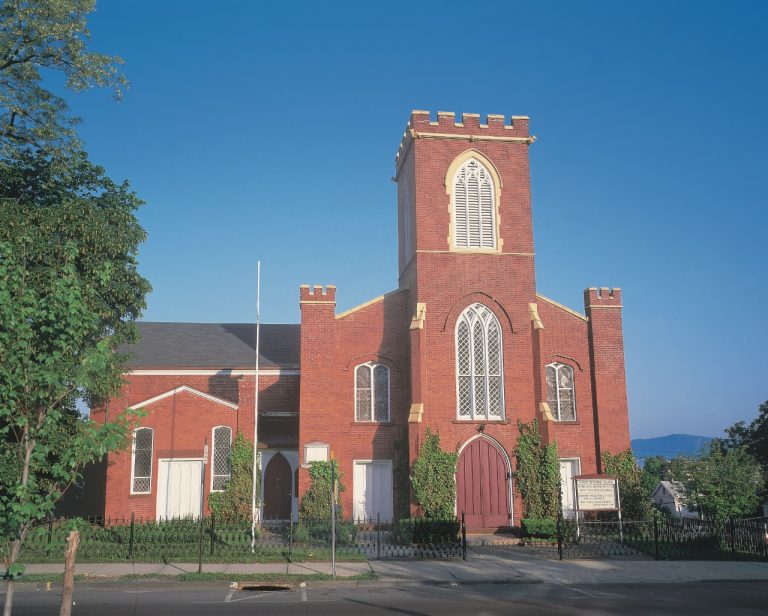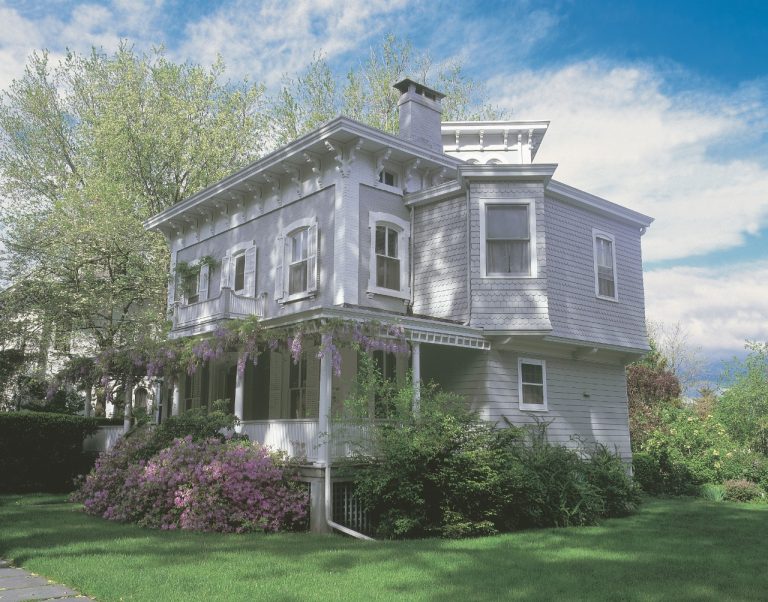The paintings of Thomas Cole and his affectionate vision of innocent enjoyment amid the beauties of nature embody the spirit of the Romantic era in 19th-century America, a period when emotion—”sentiment”—came to be valued over cold reason, when nature became a source of profound, even spiritual reverence, and when a national mood of self-confidence and restless energy led to distinctively American styles in literature, philosophy and the arts. Read more…
Romantic Westchester, continued
In the homes and other buildings of Westchester County, the Romantic spirit first made its appearance during the 1830s. Architects, builders and their customers began to turn away from the restrained simplicity of Federal neoclassicism and sought inspiration in a variety of other historical traditions—especially those of the Middle Ages. Two styles became prominent: Gothic Revival, drawn from the castles and churches of northern Europe, and Italianate, based upon the country villas of Italy. Americans, though, adapted these European models in their own way. Among their innovations was the imaginative substitution of wood for stone, even in rather large buildings.
There was also a Romantic version of classicism—Greek Revival, directly modeled upon the temples and monuments of ancient Athens in the golden age of its democracy With its substantial pillars and crisply defined entablatures, Greek Revival was a far more assertive and dramatic style than the generalized neoclassicism of the Federal period.
Westchester underwent rapid and dramatic change during the Romantic period, largely brought about by the arrival of the railroads in the 1840s. The county remained basically rural, but its farms became increasingly devoted to the production of milk and other products that could be delivered quickly to New York City by train. Communities on the railroads thrived, and some of them grew into cities. By contrast, those bypassed by the railroads languished and declined, although neglect sometimes saved their historic buildings from destruction in the name of progress.
Text from Picturing Our Past: National Register Sites in Westchester County, by Gray Williams.


